40 pages • 1 hour read
Fyodor DostoevskyNotes from Underground
Fiction | Novel | Adult | Published in 1864A modern alternative to SparkNotes and CliffsNotes, SuperSummary offers high-quality Study Guides with detailed chapter summaries and analysis of major themes, characters, and more.
Symbols & Motifs
The Underground
The underground is an important metaphorical space that symbolizes the opposite of 19th-century Russia’s high ideals of rationalism and utopianism. The Underground Man does not literally live underground: He lives in a “corner” (6), a small apartment on the outskirts of Saint Petersburg. He refers to his “underground hole” (33) metaphorically to indicate that he is a misanthrope, shut off from society. He refers to “underground folk” (33) like himself as people who opt out of the established social system’s values and are disruptors: They challenge conventional wisdom through satire and nonconformity. The Underground Man uses a mouse as a metaphor to paint a vivid picture of the underground and his negative state of mind: “There in its nasty, stinking, underground home our insulted, crushed and ridiculed mouse promptly becomes absorbed in cold, malignant and, above all, everlasting spite” (12).
The opposite of the underground is the Crystal Palace, the utopian ideal promoted by Russian writer Nikolai Chernyshevsky in the novel What is to be Done? (1983), which the Underground Man references in Part 1, Chapters 7-10. The Crystal Palace is the culmination of enlightened self-interest: By doing what is good for themselves, people will do what is good for society, and everyone will live in harmony.
Related Titles
By Fyodor Dostoevsky
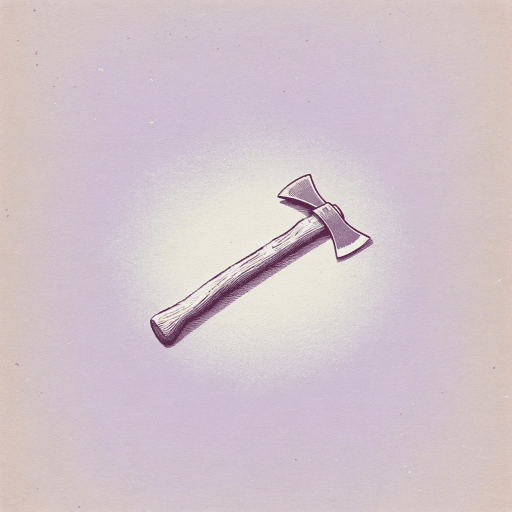
Crime and Punishment
Fyodor Dostoevsky

Poor Folk
Fyodor Dostoevsky
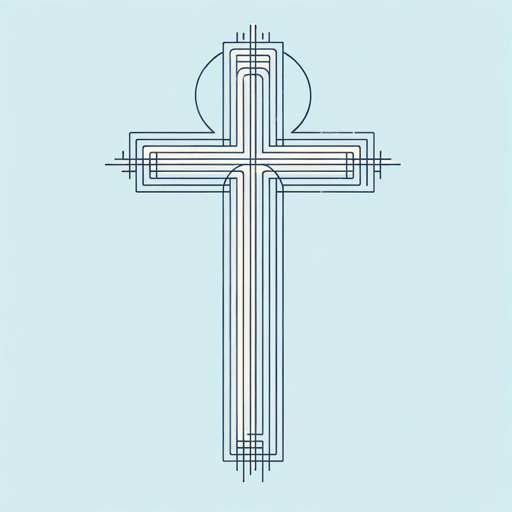
The Brothers Karamazov
Fyodor Dostoevsky
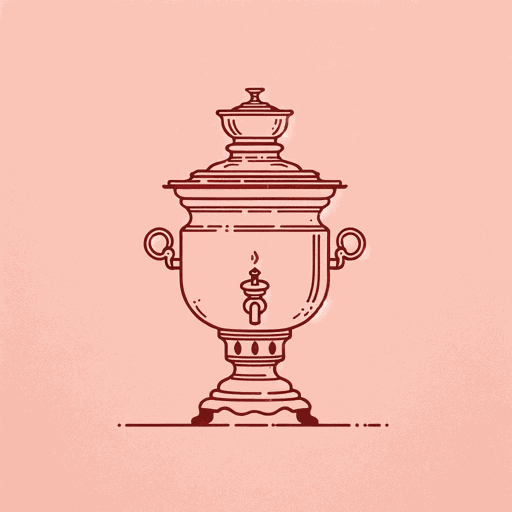
The Devils (The Possessed)
Fyodor Dostoevsky
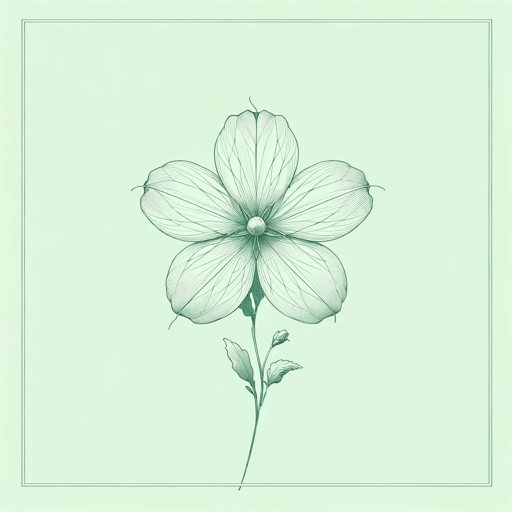
The Dream of a Ridiculous Man
Fyodor Dostoevsky

The Gambler
Fyodor Dostoevsky
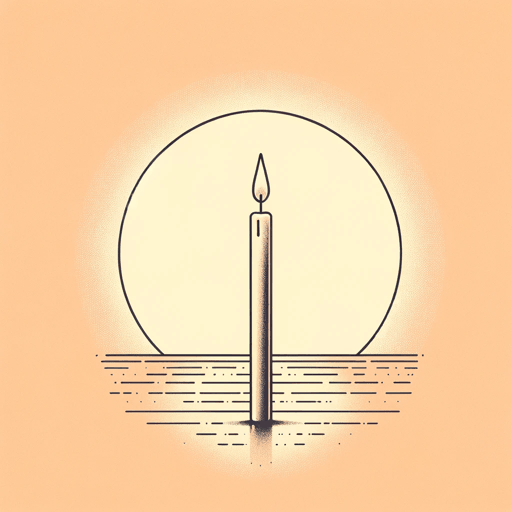
The Grand Inquisitor
Fyodor Dostoevsky
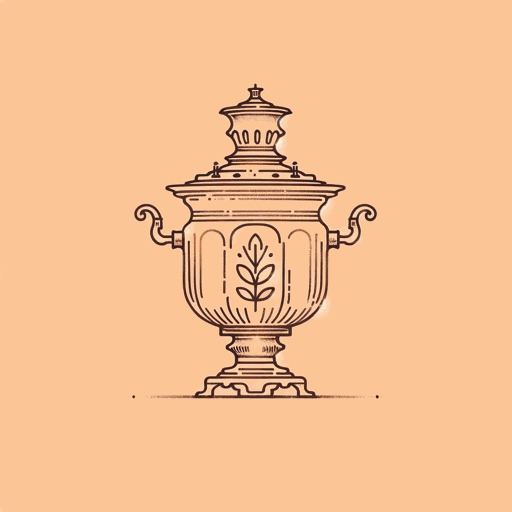
The Idiot
Fyodor Dostoevsky

